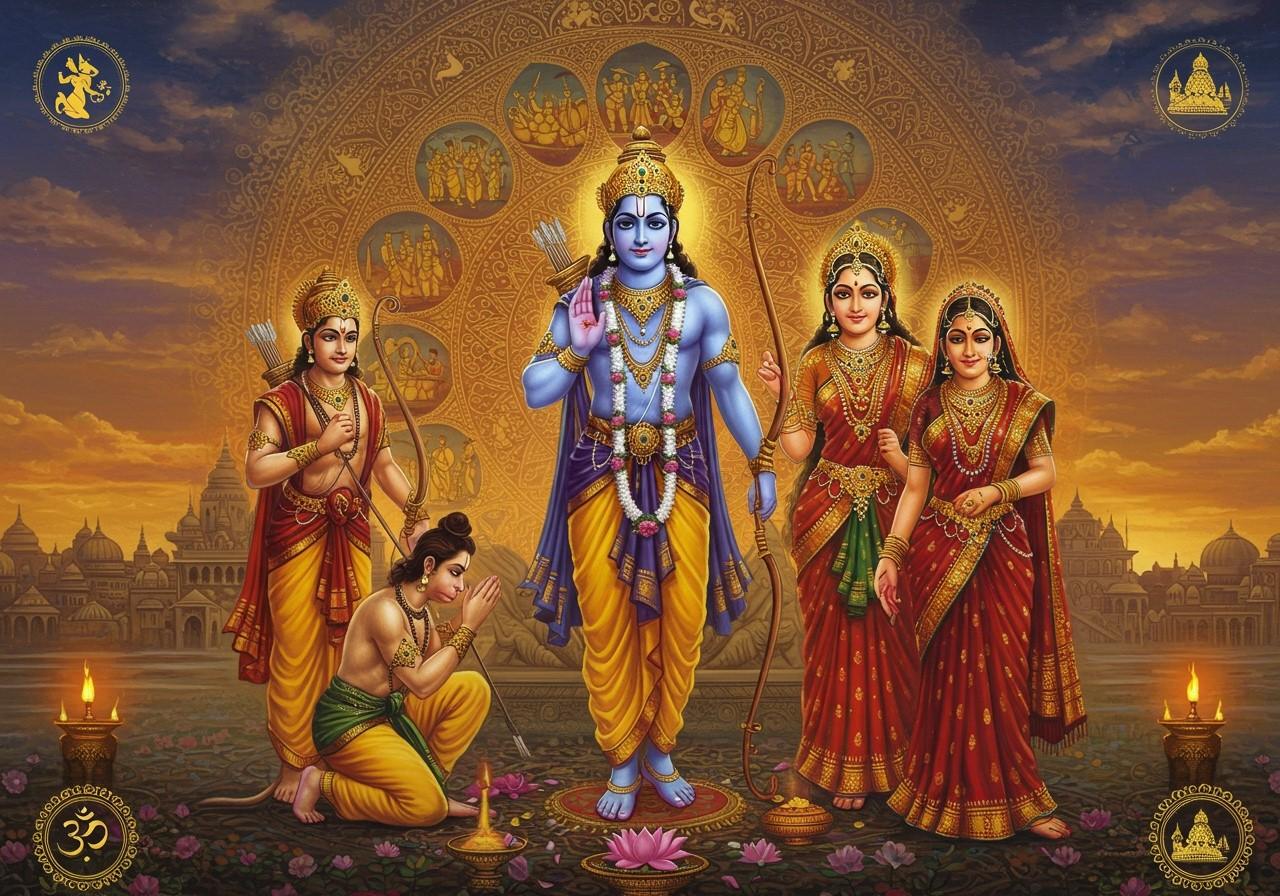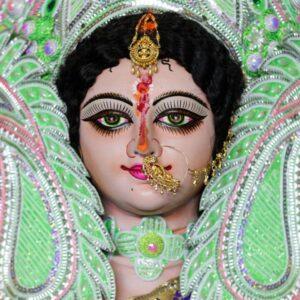
The Ramayana, a Sanskrit epic, narrates the journey of Lord Rama, an incarnation of Vishnu. It’s a cornerstone of Hindu philosophy, emphasizing dharma (duty, honor, and loyalty), morality, and ethics. This saga recounts Rama’s exile, Sita’s abduction by Ravana, and her eventual rescue. The Ramayana’s profound impact on Indian culture and society highlights the importance of righteous conduct, serving as a moral and philosophical compass across generations.
What is the Ramayana in Hinduism?
The Ramayana is more than a story; it’s a spiritual and moral guidebook for life.
The Story of the Ramayana
Lord Rama’s quest to rescue his wife Sita from the clutches of the demon king Ravana forms the epic’s core. This journey tests Rama’s character and showcases the power of devotion, courage, and righteousness. Key characters include Rama, Sita, his loyal brother Lakshmana, the devoted Hanuman, and the antagonist Ravana. Their interactions weave a complex tapestry of human emotions and divine intervention.
The Seven Kandas (Books) of the Ramayana
- Bala Kanda: This book details Rama’s childhood, upbringing, and early displays of his divine nature. It lays the foundation for his future role as a righteous leader.
- Ayodhya Kanda: This section portrays Rama’s life in Ayodhya, his exile, and the events leading up to his departure to the forest. It explores themes of obedience, sacrifice, and familial duty.
- Aranya Kanda: This Kanda describes Rama’s life in the forest, his encounters with various demons, and the abduction of Sita by Ravana. It highlights his resilience and courage in the face of adversity.
- Kishkindha Kanda: Here, Rama forms an alliance with Hanuman and Sugriva, the king of the monkeys. This alliance proves crucial in his quest to find Sita and confront Ravana.
- Sundara Kanda: This book focuses on Hanuman’s courageous journey to Lanka, his discovery of Sita, and his message of hope to her. It exemplifies devotion, strength, and perseverance.
- Yuddha Kanda: This Kanda depicts the epic battle between Rama and Ravana, culminating in Rama’s victory and the slaying of the demon king. It showcases the triumph of good over evil.
- Uttara Kanda: The final book narrates Rama’s return to Ayodhya, his coronation, and his reign. It also includes later events and explores themes of governance and justice.
Key Themes of the Ramayana
- Dharma: The concept of dharma, or righteous conduct, is central to the Ramayana. Rama’s unwavering commitment to dharma, even in the face of adversity, serves as a powerful example.
- Devotion (Bhakti): The epic highlights the importance of devotion to God and family. Hanuman’s unwavering loyalty to Rama exemplifies the power of bhakti.
- The Triumph of Good over Evil: The Ramayana’s narrative arc ultimately portrays the victory of good over evil, reinforcing the belief that righteousness will prevail.
Influence on Hindu Practices
The Ramayana’s influence is deeply embedded in Hindu practices, rituals, festivals, and daily life. It inspires various art forms, including dance, music, theatre, and literature, enriching the cultural landscape of Hinduism.
Ramayana in Historical Context
Understanding the historical and geographical setting of the Ramayana enriches its significance.
Treta Yuga
The Ramayana is believed to have occurred during the Treta Yuga, the second of the four Yugas in Hindu cosmology. This era is characterized by a decline in virtue compared to the Satya Yuga but still upholds a high moral standard.
Geographical Settings
Key locations in the Ramayana hold symbolic and historical importance. Ayodhya, Rama’s birthplace, represents the ideal kingdom. Dandakaranya, the forest where Rama spent his exile, symbolizes hardship and spiritual growth. Kishkindha, the kingdom of monkeys, represents the importance of alliances. Lanka, Ravana’s kingdom, represents the forces of evil.
Oral Tradition and Historical Evidence
The Ramayana was initially passed down through oral tradition, with regional variations and adaptations across India and Southeast Asia. Archaeological findings related to places mentioned in the epic offer glimpses into ancient Indian society, culture, and values.
The Enduring Cultural Impact of the Ramayana
The Ramayana’s influence permeates various aspects of Indian culture.
Shaping Values and Ethics
The Ramayana profoundly shapes Hindu values, ethics, and social norms. It emphasizes the importance of duty, honor, loyalty, and righteous conduct. Lord Rama serves as the embodiment of dharma, inspiring individuals to live virtuous lives.
Art, Literature, and Entertainment
The Ramayana inspires countless artistic expressions. Classical dance forms like Bharatanatyam and Kathak depict scenes from the epic. Literature features numerous retellings and adaptations, each offering unique perspectives. Cinema and television have also embraced the Ramayana, bringing the story to life for millions.
Festivals and Architecture
Festivals like Ram Navami, Dussehra, and Diwali celebrate key events from the Ramayana, reinforcing its cultural significance. Temples and monuments dedicated to Lord Rama stand as testaments to the epic’s enduring legacy in Indian architecture.
Global Influence
The Ramayana’s influence extends beyond India, with versions and adaptations found in countries like Indonesia, Thailand, and Cambodia. This widespread reach demonstrates the epic’s universal appeal and its enduring message of righteousness and devotion.
Poojn.in: Your Resource for Ramayana-Inspired Worship
Poojn.in, India’s leading online store for spiritual and cultural goods, offers a wide selection of products to enhance your connection with the Ramayana. Explore our collection of:
- Exquisite Ram Darbar Murtis: Bring the divine presence of Lord Rama, Sita, Lakshmana, and Hanuman into your home with beautifully crafted murtis.
- Authentic Ramayana Texts: Delve deeper into the epic with various versions of the Ramayana, available in multiple languages.
- Puja Samagri and Accessories: Find all the essential items for performing Ramayana-inspired pujas and rituals.
Visit Poojn.in today to discover a wide range of products that honor the legacy of the Ramayana and support your spiritual journey.
Conclusion
The Ramayana’s timeless significance lies in its profound exploration of dharma, devotion, and the eternal battle between good and evil. Its impact on Indian culture is undeniable, shaping values, inspiring artistic expression, and enriching spiritual practices. By understanding the Ramayana, we gain valuable insights into ancient traditions, historical contexts, and the enduring power of righteousness. The epic continues to serve as a moral and spiritual guide, reminding us of the importance of duty, sacrifice, and unity in navigating the complexities of life.

